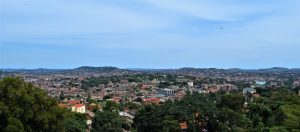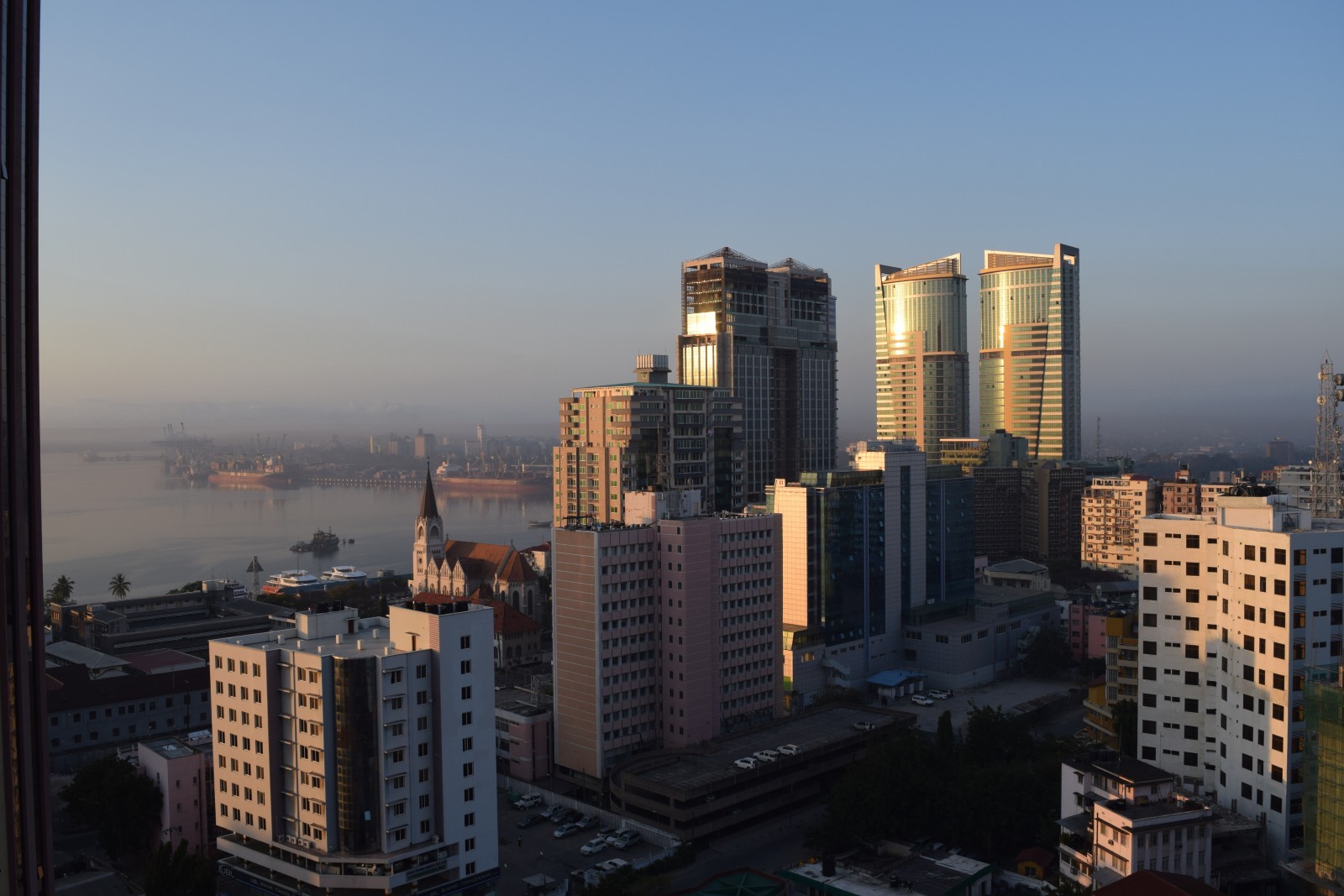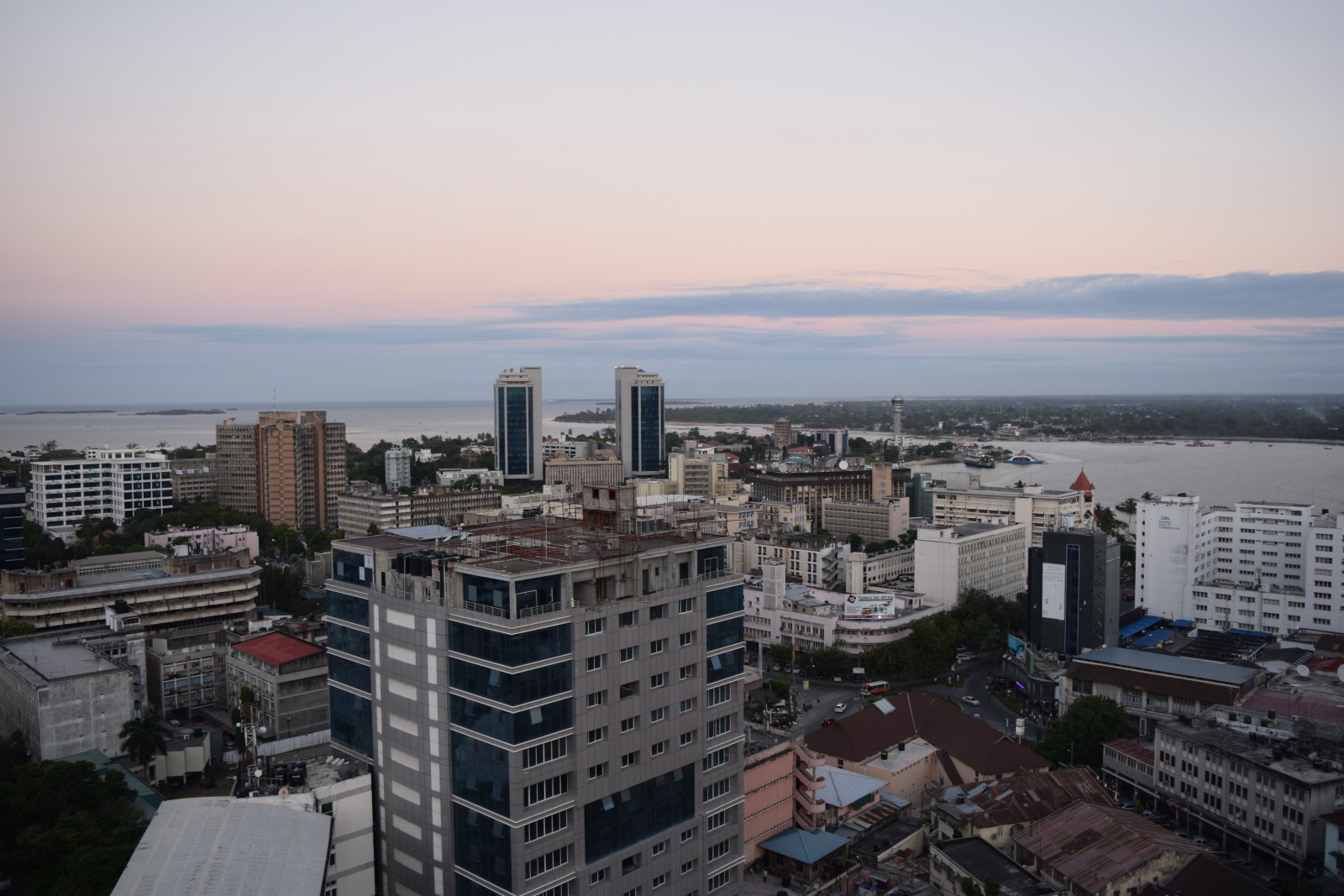
Kampala (Uganda) – March 2017
Over the past seven months I’ve had the opportunity to visit four growing cities in eastern Africa: Kampala (Uganda), Nairobi (Kenya), Lusaka (Zambia) and Dar es Salaam (Tanzania). The importance of geoscience in delivering SDG 11 (Sustainable Cities and Communities) was evident.
“More than half of the world’s population now live in urban areas. By 2050, that figure will have risen to 6.5 billion people – two-thirds of all humanity. Sustainable development cannot be achieved without significantly transforming the way we build and manage our urban spaces.” (United Nations Development Programme – UNDP)
Around the world cities are expanding, and that is no different in eastern Africa. Based on statistics from the United Nations and CityPopulation.de, between 2014 and 2017…
- Kampala: The population of the metropolitan area has increased from 1.936 million people to 3.125 million people (an increase of 61%).
- Nairobi: The population of the metropolitan area has increased from 3.915 million people to 5.350 million people (an increase of 37%).
- Lusaka: The population of the metropolitan area has increased from 2.179 million people to 2.375 million people (an increase of 9%).
- Dar es Salaam: The population of the metropolitan area has increased from 5.116 million people to 5.550 million people (an increase of 8%).
These figures and sources come with associated uncertainties and limitations, however the trend towards increasing urban populations is consistent with both longer term United Nations and national census data. Growing urbanisation is a development mega-trend, associated with both major challenges and significant opportunities for delivering all 17 of the UN Sustainable Development Goals. For example, while the concentration of people in cities may increase exposure to natural hazards (i.e., a challenge), it could also make it easier to provide basic services to a greater proportion of the population (i.e., an opportunity). Cities support social and economic development, by bringing people together from diverse backgrounds, enabling commerce and innovation, and facilitating the pursuit of the sciences and arts [UN].
What role for geoscientists?
Growing cities need a secure supply of resources – water, energy and food, but also the raw materials used in the construction of new buildings – from sand and aggregates, to metals and other minerals. Cities also need good planning to ensure they grow in a safe and sustainable manner. This planning includes both surface and subsurface infrastructure, where understanding of ground conditions, geotechnical properties of materials, and potential natural hazards are of critical importance. Cities also need resilience. Large concentrations of people in urban areas could result in catastrophic disasters if both physical and social vulnerabilities to environmental shocks remain high. For example, the integration of seismic history into building design, and environmental science into school education could help to reduce vulnerabilities.

Dar es Salaam (Tanzania)
Diverse geoscience expertise is therefore critical to ensuring sustainable cities… hydrogeologists, engineering geologists, survey and resource geologists, geomorphologists, geohazard specialists, and geochemists can all use their expertise to ensure cities have the resources they need, the integrated planning, and measures to strengthen resilience to environmental stresses, shocks and change.
Example: Transport Infrastructure
Take the example of urban transportation networks. Talk to anybody in Kampala, Nairobi or Dar es Salaam about the challenges of their growing cities and they’ll mention traffic congestion. One review placed Nairobi as second in the world with regards to traffic congestion. Growing populations will exacerbate this problem, having an impact on health, the economy (employment, trade and tourism), and the natural environment. Cities may decide that one way to tackle this congestion is to develop and enhance public transport infrastructure (e.g., metro systems, overland trains and trams). Such approaches would reduce the number of cars on the road, reduce pollution and increase opportunities for employment and trade. For example, journeys from the airport in Dar es Salaam to the city centre and business port could be significantly reduced. Enhanced transport infrastructure could be of great benefit to a city such as Nairobi or Dar es Salaam, but would need to be built with a thorough understanding of the local geology and environmental dynamics. Alongside urban planners and engineers, geoscientists would be instrumental in tackling this challenge and turning it into an opportunity for sustainable development.
Urban Geoscience
Given the growth or urban areas, and the role of geoscience in ensuring these cities are resourced, well planned, and resilient, there is a growing need for geoscientists to engage in the global urban agenda. The next GfGD Annual Conference is a great opportunity to do that, and learn more about the response needed by geoscientists if we are to play an effective role in ensuring urban spaces are safe and secure. Registration for the 5th GfGD Annual Conference is now open (Friday 3 November, Geological Society of London)! Aimed at geoscientists at all stages of their career, the theme this year is “Cities: Opportunities and Challenges for Sustainable Development”. This conference will explore themes such as the sustainable resourcing of cities and resilient cities, with a particular focus on the Global South.
Visit our website for further information about the programme and confirmed speakers. Get your ticket here >> https://gfgd-cities.eventbrite.co.uk

Dar es Salaam (Tanzania) – September 2017
